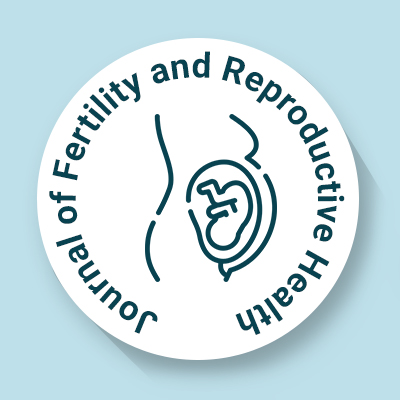
Journal of Fertility and Reproductive Health
OPEN ACCESS

OPEN ACCESS
.jpg)
Fertility preservation has emerged as a critical component of reproductive healthcare, particularly for individuals undergoing treatments that may impair fertility, such as chemotherapy or radiation, as well as those delaying parenthood or affected by hereditary reproductive disorders. Conventional cryopreservation techniques for sperm and oocytes such as slow freezing and vitrification have significantly advanced fertility care but still face limitations, including cryodamage, suboptimal recovery rates, and variable long-term outcomes.
Recent progress in biotechnology is transforming the landscape of gamete preservation. Novel approaches, such as nanotechnology-enhanced cryoprotectant delivery systems, have improved cryopreservation efficiency by minimizing cellular toxicity and osmotic stress. Advances in molecular profiling through proteomic and metabolomic analyses are enabling deeper insights into gamete quality and survival potential post-thaw. For oocyte preservation, techniques like mitochondrial enrichment, encapsulation in biomimetic scaffolds, and innovations in ultra-rapid freezing have shown encouraging results in improving viability and developmental competence.
Moreover, the application of microfluidic systems and organ-on-chip technologies is providing more controlled and physiologically relevant environments for handling and preserving gametes.